Alaska Native Art in the Rural Northwest
In 2021, I submitted a bear logo design for Brooks Camp in Katmai, Alaska. Every guest who goes to Brooks Camp is required to take a bear safety course, and at the end of the course, they receive a bear pin. This logo became the pin for the season. Katmai is such an incredible, otherworldly place. As a child, I would ask my parents to take us to Brooks to see the bears as my birthday presents. We have a long family history with Katmai. My great-grandparents rowed up the Naknek river into Katmai for their honeymoon in 1923 (right after the National Park was established).
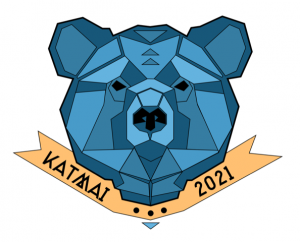
Living in a small rural Alaskan community has many advantages. One of my favorite perks is the community-centered art workshops our local tribe hosts. Since moving to Seldovia in 2014, I have attended and taught multiple classes, my favorites being those focused on our Native heritage: from skin sewing hats, mittens, baby booties, and slippers to processing salmon and halibut skins for baskets, making our own ulus (traditional knives), birch baskets, beading moose hide, and tanning sea otters. We are extremely fortunate to live where we live, to be able to utilize our natural resources, and to learn traditional methods and techniques from our elders.


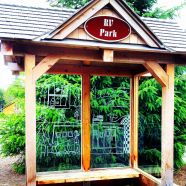





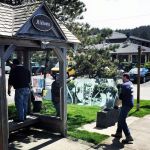
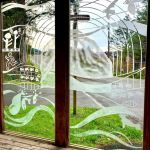
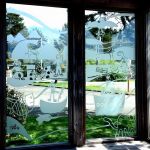
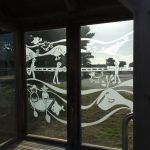
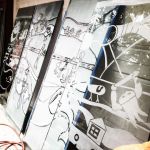
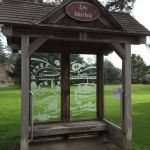
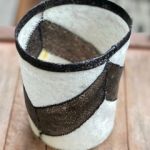
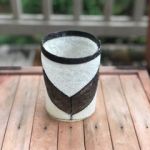
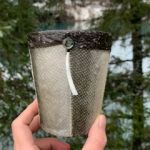
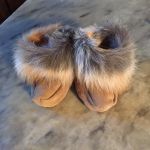
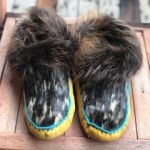
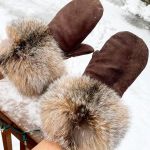
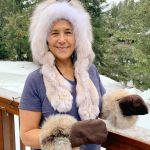
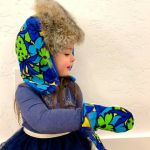

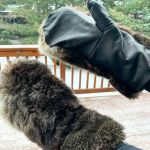
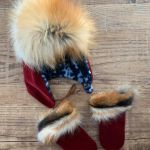
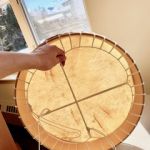
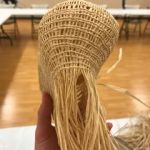
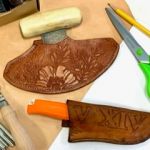
What a talented and eloquent artist! Your traditional crafts are beautiful.
As fantastic as Ecola’s artwork presented here is…it reflects only a fraction of the amazing woman, mother, wife, sister and for me niece she is. Her artistic talents are well matched to all the other amazing things she does in all facets of her life. She is a blessing to all who know her.